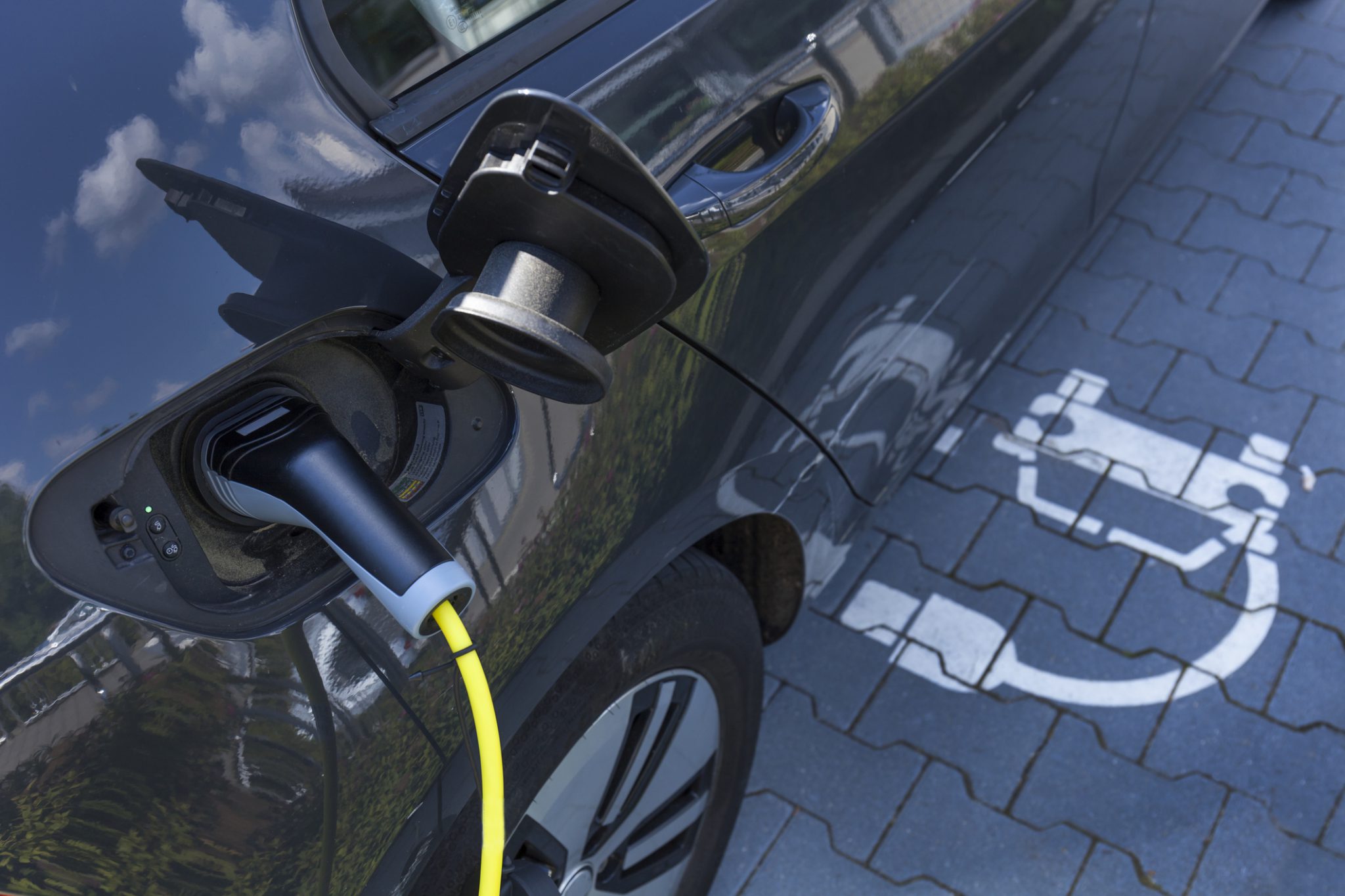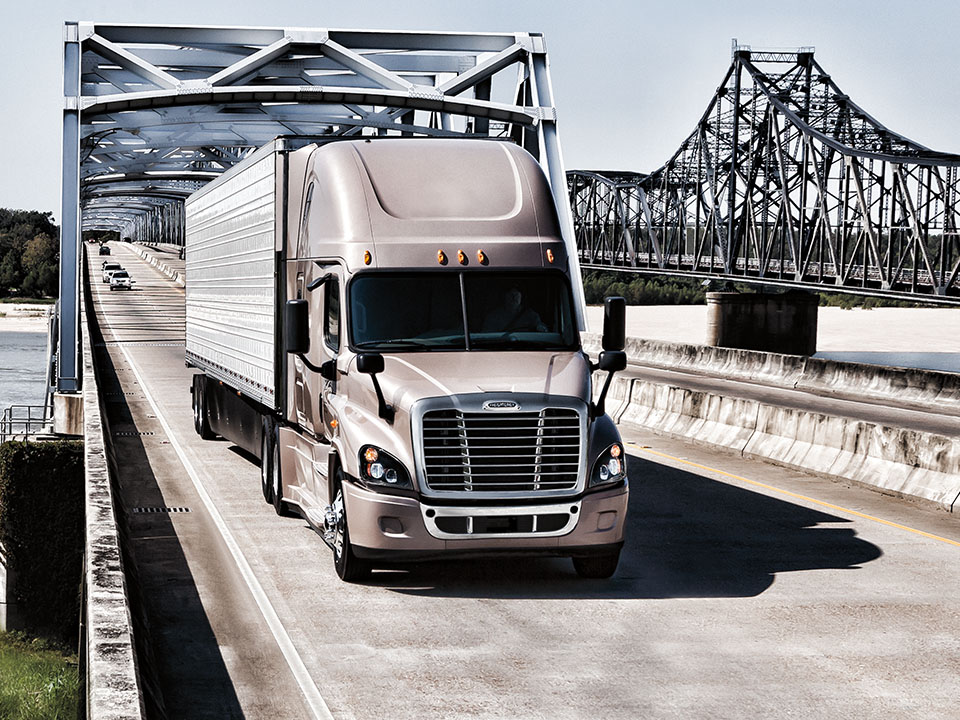One of the biggest concerns for the future of electric vehicles has been the lack of infrastructure to recharge vehicles. That turns out to be only one problem facing this growing technology.
Reducing harmful emissions is certainly in everyone’s interest, when it comes to health and the environment. The trucking industry is no exception. Although electric vehicles can help in achieving this goal, it will likely be quite a while until electric trucks are in wide use for commercial purposes. That hasn’t stopped the major truck manufacturers from pushing ahead with building these new vehicles. As Roger Nielsen, president and CEO of Daimler Trucks North America, noted earlier this year, “The road to emissions-free transportation is going to be driven with battery-electric vehicles. I believe the future is electric.”
One of the ongoing concerns regarding the viability of electric vehicles has been the lack of infrastructure when it comes to charging stations. The top ten long-range 2019 electric cars, according to the Kelly Blue Book, go from 204 miles per full charge for Audi to 335 miles per full charge for Tesla. That range would be less for commercial and heavy-duty trucks; to make them viable, batteries would need to be lighter, cheaper and more powerful.
And therein lies the rub! Last week, FleetOwner ran an article discussing the concerns expressed by US and European vehicle manufacturers regarding a shortage of raw materials needed to build these batteries. The need for cobalt, lithium and battery-grade nickel will likely be far greater than these metals’ availability. According to the article, “there’s a looming shortage of nickel sulfate, the material used for battery products, with demand forecast to outstrip planned new capacity…Cobalt demand may also top global supply from about 2025.”
A 2017 Morgan Stanley report projected that by 2050, there will be up to 1 billion electric vehicles on the road, worldwide. With that fact, the demand for cobalt alone is expected to increase almost eight-fold by 2026.
This will require finding new areas of the globe to mine cobalt, nickel and lithium. But that leads to its own problems. One of the chief aims of electric vehicles is to make them environmentally friendly; however, according to a recent Forbes article, mining the materials needed to create the batteries that will run these vehicles can be an extremely dirty business. Extracting these metals emits large amounts of emissions, the very thing EVs are being developed to avoid.
Currently, Australia, Chile, China, and Argentina are the leading countries when it comes to mining lithium. For nickel, Australia has the largest reserves, followed by Brazil and Russia (mining of nickel is also occurring in Canada, the Phillipines, and Indonesia). Cobalt is mined in places around the globe, but the largest reserves by far are in the Democratic Republic of Congo, followed by Australia and, surprisingly, Cuba. Some of these locales have strict rules when it comes to mining; others do not.
As Daimler noted, the future may indeed be electric, but manufacturers will have to deal with the law of unintended consequences and find the resources necessary to produce the batteries they will need. And they will need to find ways to do so in a safe and sustainable way.





